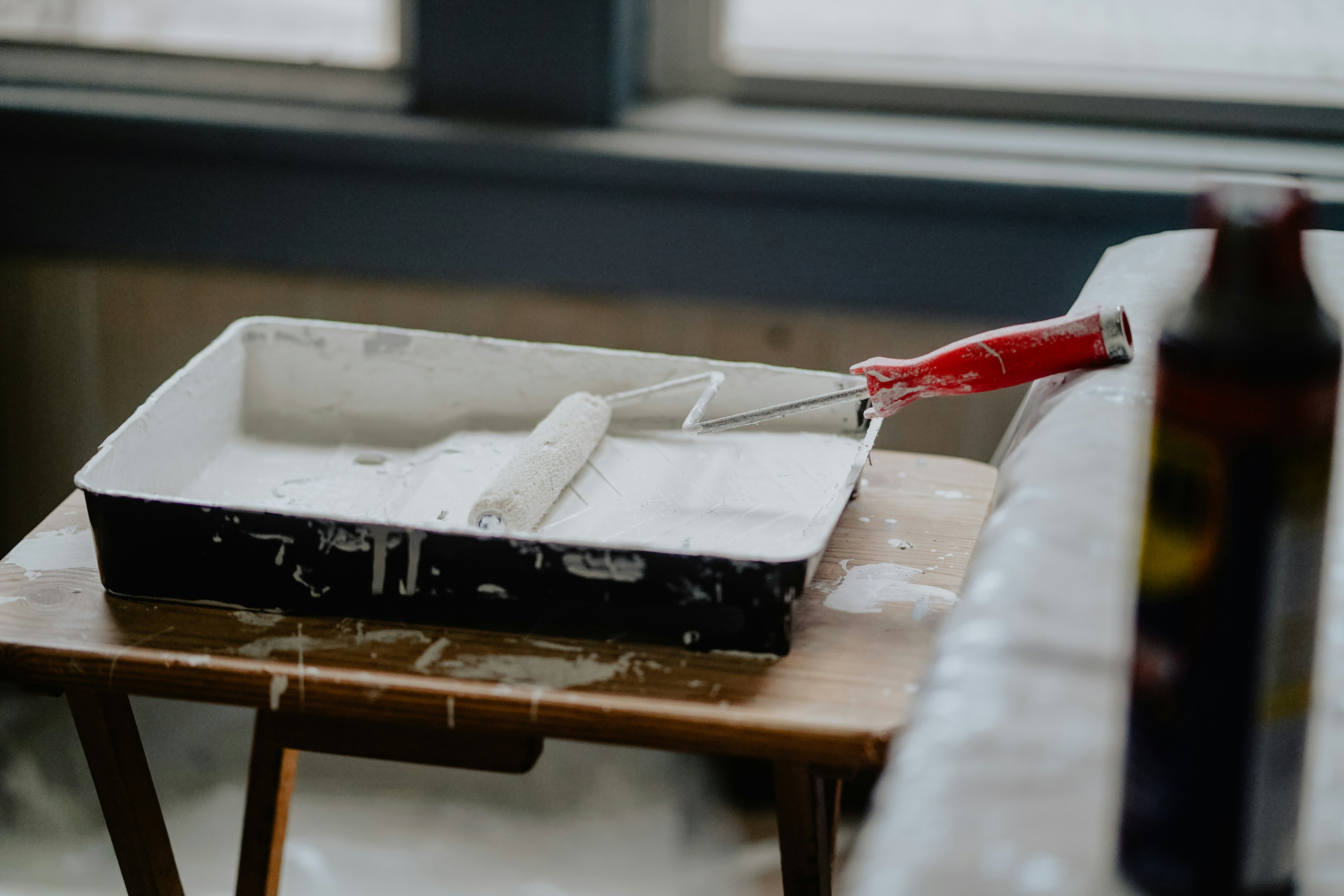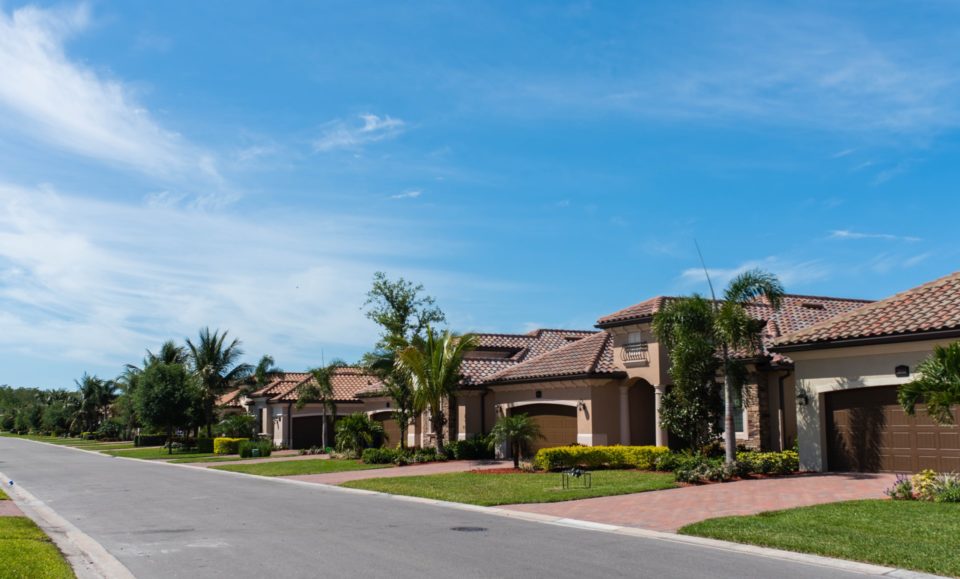Many of you have probably considered what it would be like to have an investment property. You feel like you could turn your current home into a cash-flowing machine. However, this doesn’t just happen because you wish it to be true. It takes some work to turn a property into a cash producing investment. If you’re looking to turn your current home into a rental, here are some ideas to keep in mind.
Understand your product and the laws and regulations in your area.

The most important step in the process is determining what restrictions you have in your area. You’ve got to understand your product and where it will be on display. This can help determine if you’re able to have a short-term or long-term tenant. HOAs and other local governing bodies might have mandates and restrictions on your ability to rent and to whom.
Get some advice from an experienced landlord or attorney.
If you want to turn your house into a rental, it’s a wise idea to seek guidance from someone with experience. This could be from an attorney who understands laws around the topic or from a landlord. They will be able to offer some insights into how you would structure leases, what requirements you want to have for your tenants, and other issues related to taxes. Establishing a person who can mentor you early in the process gives you someone to consult during your tenure as a landlord long term.
Do your research on property management.
Once you have a good understanding of what you should know if you’re new to investing, you’ll want to do some research on being a property manager. This includes things like how often you need to have routine maintenance performed on the property. It also means setting realistic boundaries for what tenants can expect from your time. Making yourself accessible to your tenants is important, but being a landlord isn’t the only thing in your life. Make sure you don’t give too much of yourself over to this new endeavor.
Prep the house, and set your rental parameters.

Now it’s time to turn your attention to the house itself. This is the stage when you do any renovations that need to take place. New kitchens and bathrooms not only increase property value, but they also demand a higher rental price. A fresh coat of paint can also go a long way in making the house ready for renters.
If you want to make an improvement to appease women, trying upgrading the wardrobe area. Having a functional and beautiful place to put women’s clothing can help sell the home. You’ll want to keep this clothing in mind during the remodel so you can have a space that is as stunning as it. Closest should be designed with the everyday affordable clothing in mind.
Once you’ve made the necessary upgrades, you’ll want to finalize what you’ll be charging for your rental. If it’s a short-term property, this would include price-per-night, weekly and monthly discounts, and any pet fees. For long-term rentals, you’ll want to consider if utilities are included in the cost of your rent and the size of the security deposit. These numbers will fluctuate depending on your renovation expenses and what you’ve set as your bottom line.
Find your tenants.
Now that you have your knowledge base and have done the renovations, it’s time to find your tenants. A good idea to begin this process is to set some rules for how you select tenants. This often includes doing background checks, having references, and looking at credit scores. These guidelines and requirements are designed to protect you from unsavory tenants. Be ready to screen several dozen potential tenants before you find the people who are compatible with you.
Once you’ve found your tenants, you’re well on your way to completing the process of turning your home into an investment property.

